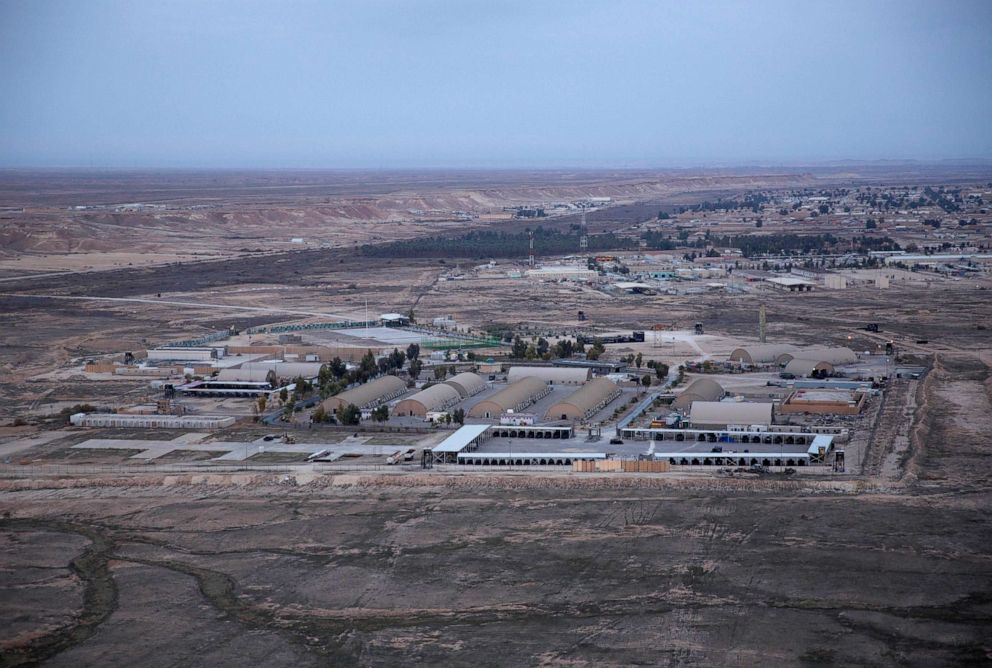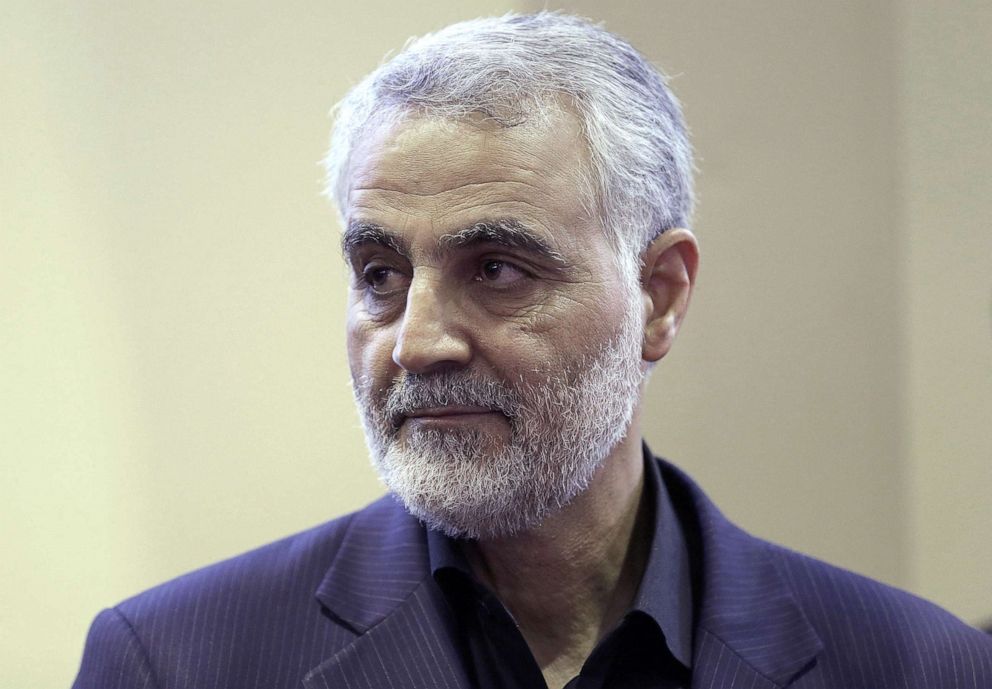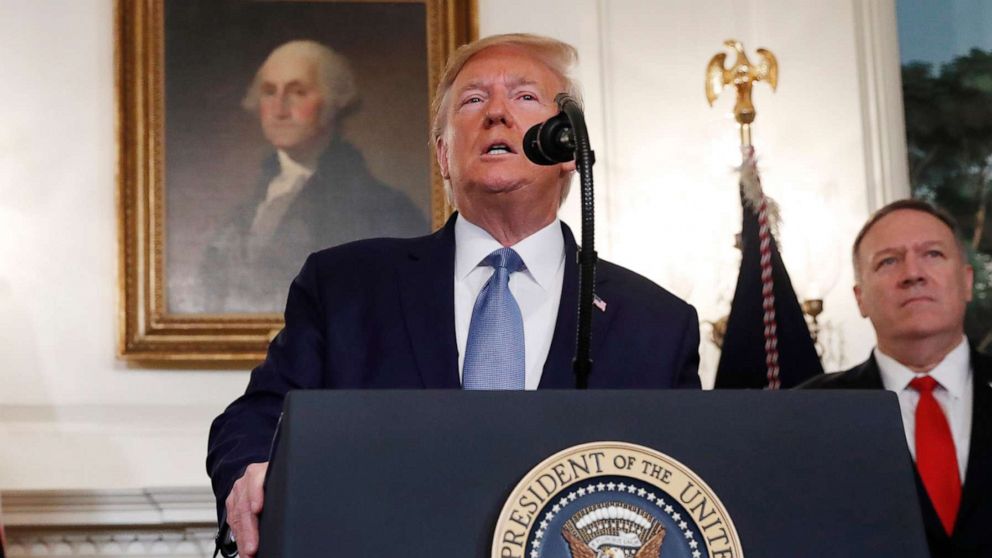As published by ABC News by Anthony Riva
President Donald Trump on Wednesday seemed ready to de-escalate the growing military conflict with Iran, saying “Iran appears to be standing down” hours after the country fired more than a dozen ballistic missiles at two U.S. military facilities in Iraq as retaliation for the killing of Gen. Qassem Soleimani.
“I’m pleased to inform you: The American people should be extremely grateful and happy,” Trump said from the White House. “No Americans were harmed in last night’s attack by the Iranian regime. We suffered no casualties.”
The president credited the “dispersal of forces and an early warning system” with helping to prevent American and Iraqi casualties at the two bases that were attacked, Erbil and Ain Al-Asad.
“The U.S. is ready to embrace peace with all who seek it,” Trump said.
While there are currently no plans for further military action, he announced that there could be more economic sanctions for Iran on the way.
Immediately after the missile attack on Tuesday night, former government officials who are now ABC News analysts weighed in on the potential consequences of Iran’s military actions.
Retired Col. Stephen Ganyard, a former fighter pilot and deputy assistant secretary of state, predicted that the severity of the response would depend on the damage incurred by the missiles.MORE: Iran launches missiles at US military facilities in Iraq: US official
“It depends on what they hit,” Ganyard, a military analyst for ABC News, said Tuesday night. “If they hit nothing, then the situation may de-escalate. If they hit something substantial and if they hurt Americans, then they can expect this will lead to a significant U.S. retaliation.”

Ganyard noted that Iran attacked “what would seem to be the least-likely targets, which they knew weren’t well defended, if at all.” He also said Ain Al-Asad Air Base is isolated and has had relatively fewer troops than other facilities since the U.S. began withdrawing troops from Iraq.MORE: Iranian foreign minister says US ‘will pay’ for its ‘act of war’
A source within the Kurdistan Regional Government confirmed to ABC News that three missiles had been fired at Erbil International Airport and the adjoining U.S. military base — two were shot down by anti-missile batteries, and the third fell behind the airport and did not detonate.

Iran’s Islamic Revolutionary Guard Corps said in a statement Tuesday night that “any new invasions and aggression will result in more painful and pounding responses” and urged “the American people to call on troops from the region to prevent further casualties and not allow the lives of its military to be further endangered.”
Soon after, Iran’s Foreign Minister Javad Zarif tweeted that Iran had “concluded proportionate measures in self-defense. … We do not seek escalation of war, but will defend ourselves against any aggression.”MORE: Pompeo defends strike on Iranian general amid scrutiny over security threat
ABC News contributor Mick Mulroy, former deputy assistant secretary of defense for the Middle East, also suggested the attack and the statement from the Revolutionary Guard Corps seemed to be an attempt to end the conflict with the strike, although he acknowledged that they had also accepted the possibility of an escalation.

“I believe the White House will look at the level of damage and especially the U.S. casualties,” Mulroy said Tuesday night. “If there are no casualties, this may be it. If there are casualties, or if intel indicates another wave is coming, they may act preemptively to reduce or eliminate the ballistic missile threat.”
Tuesday’s attack from Iran, called Operation Martyr Soleimani, came hours after Iran’s Foreign Minister Javad Zarif told ABC News’ Martha Raddatz that the U.S. would “pay” for its actions and that it should “be prepared for the consequences” after killing Soleimani in an American airstrike last week.
The Trump administration has defended the strike citing plans by Soleimani for an “imminent attack” on U.S. military personnel and diplomats in the region — a claim met with scrutiny by lawmakers who’d seen the classified justification for the strike.
ABC News’ Matthew McGarry, Kyra Phillips and Elizabeth McLaughlin contributed to this report.


